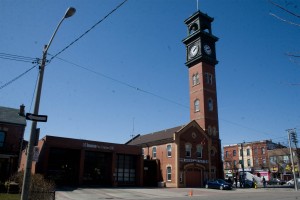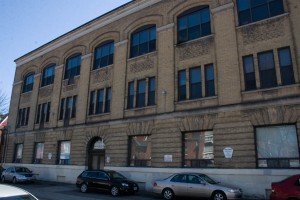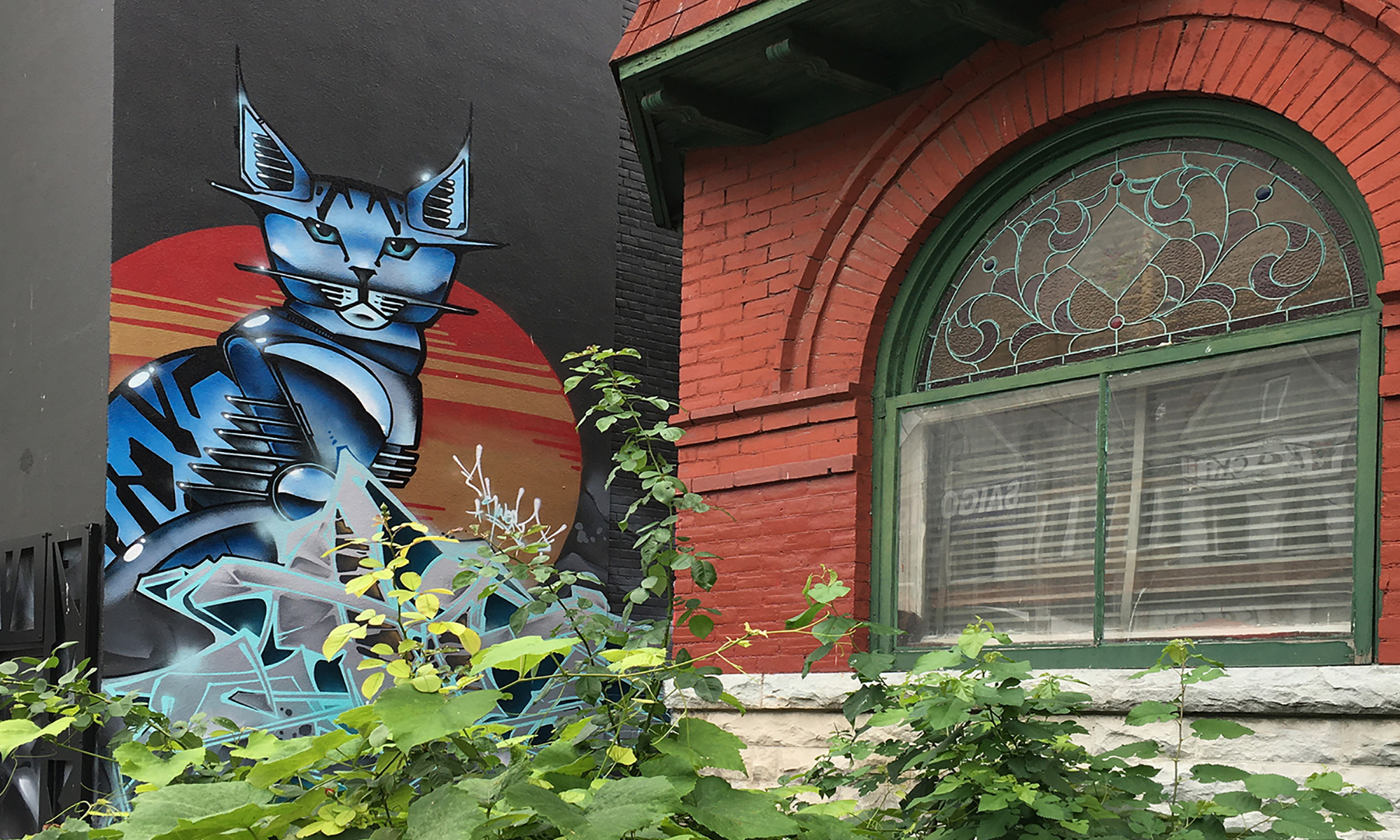Many important Toronto institutions originated in the Kensington area during this period. The following are a few of the most notable.
The Fire Station
In 1878, No. 8 Fire Station was built at the corner of Bellevue and College, across from St. Stephen of the Fields. Local legend is that fire stations were build in proximity to churches so that the church bell could be sounded in the event of a fire.[i] The fire station’s tower was used in order to hang the hoses out to dry, in effort to prevent mildew.[ii] In 1911, No. 8 Fire Station would become the first in all Toronto to acquire a motorized fire engine.[iii]

Church Home for the Aged
In 1890 Dr. J. Algernon Temple converted the house at 87 Bellevue Avenue into private hospital which he called Bellevue House Hospital.[iv] In 1906 the Sisters of St. John the Divine purchased Bellevue House Hospital and converted it into a senior’s residence that could house 40 active individuals.[v] Purchasing the adjacent property, 78 Oxford Street, in 1907, they added an additional wing.[vi] Church Home for the Aged, as it was called, was initially co-ed but later became women only.[vii]
Toronto Western Hospital
The idea for Toronto Western Hospital came in 1894 from a group of doctors working at an outpatient clinic located on Euclid Avenue.[viii] In 1896 the group opened a small hospital with a nursing school in a double house at 393-395 Manning Avenue.[ix] In 1899 they were able to purchase the MacDonell farm, which remains the location of Toronto Western Hospital to this day.[x] The MacDonells had been neighbours of the Denisons while they lived at Bellevue.[xi] In the interim period, before the construction of Toronto Western started in 1911, the doctors used renovated the existing MacDonell farmhouse to use for patients.[xii] Early patients of Toronto Western Hospital were admitted for ailments ranging from tetanus and anaemia to tuberculosis and unspecified “mental derangement.”[xiii]
Bell Canada
In 1907, Bell Canada established its central office at the corner of Bellevue Avenue and Oxford Street. The building was designed by William John Carmichael, Chief Architect for the The Bell Telephone Company. and functioned as a telephone exchange and “home to the Bell Canada Telephone School for Operators.”[xiv] The school was closed in 1932; by this point technological advances had rendered it obsolete.[xv] “Since 1954 it has been home to Precision Vacuum Products.”[xvi]

